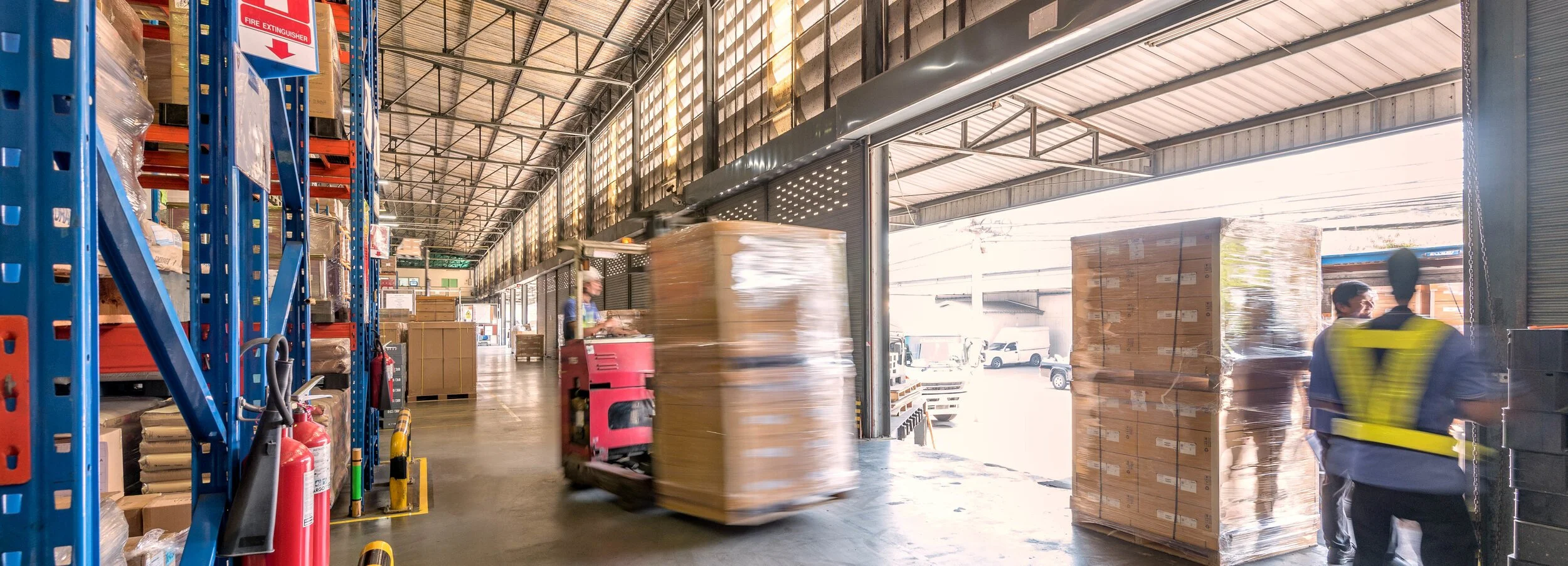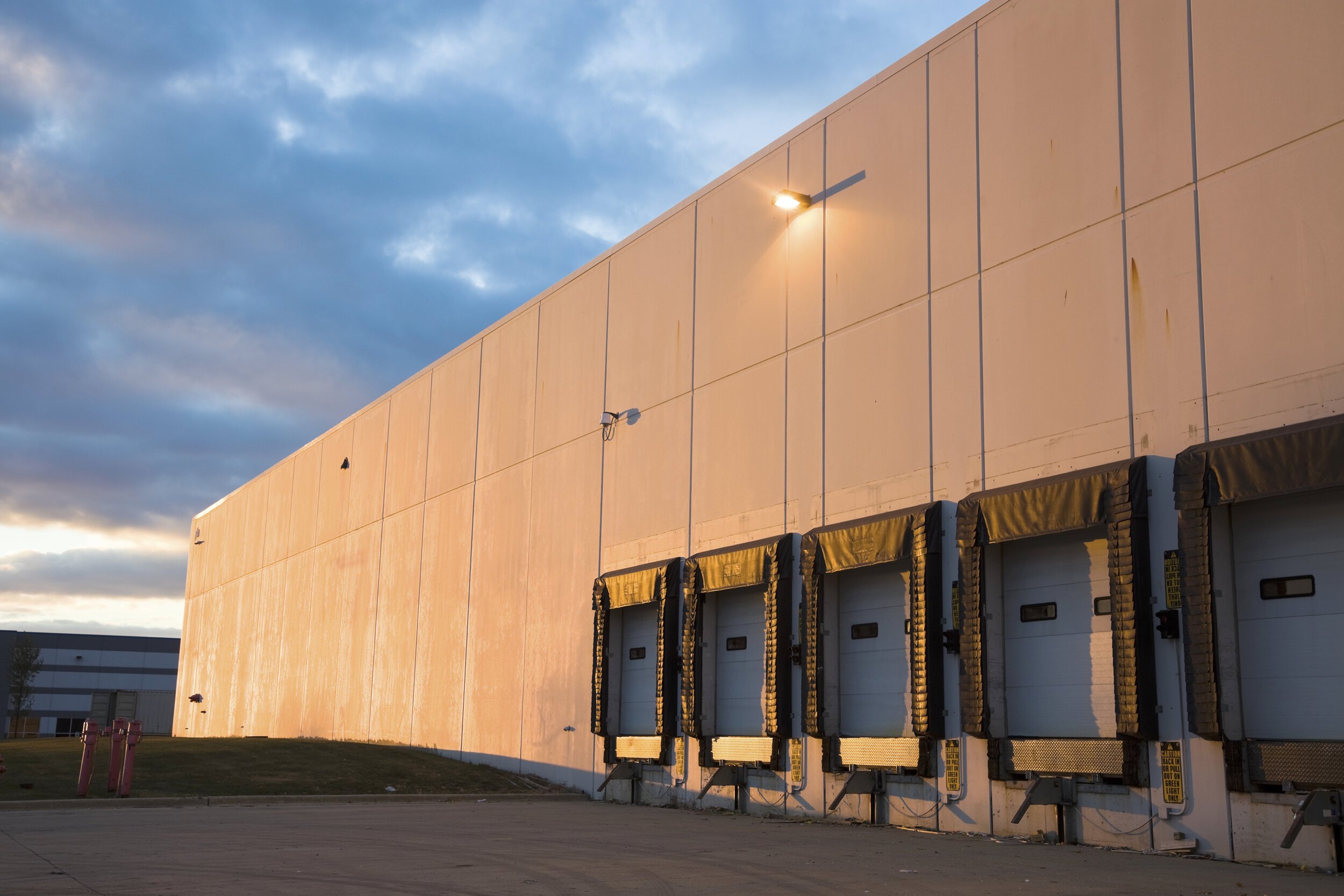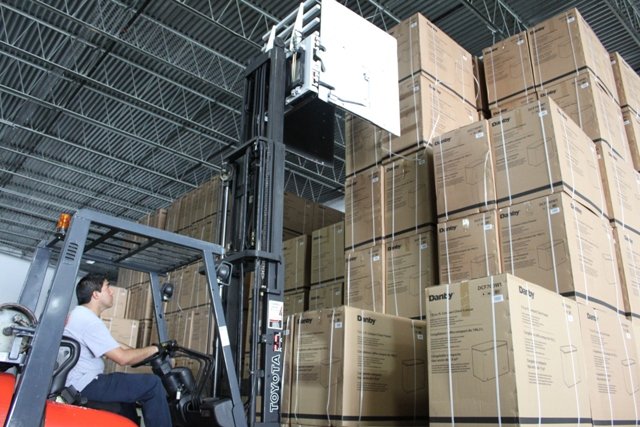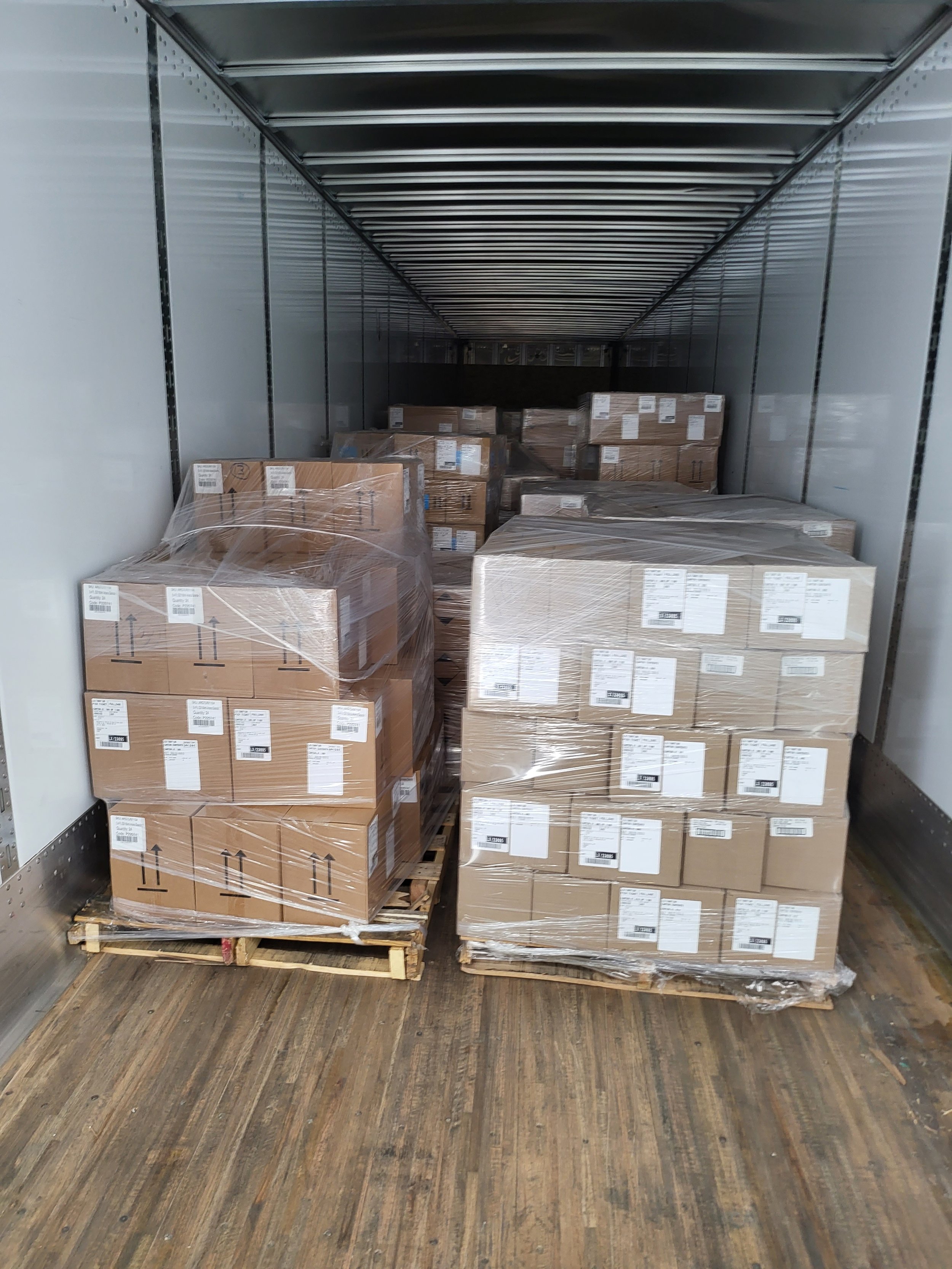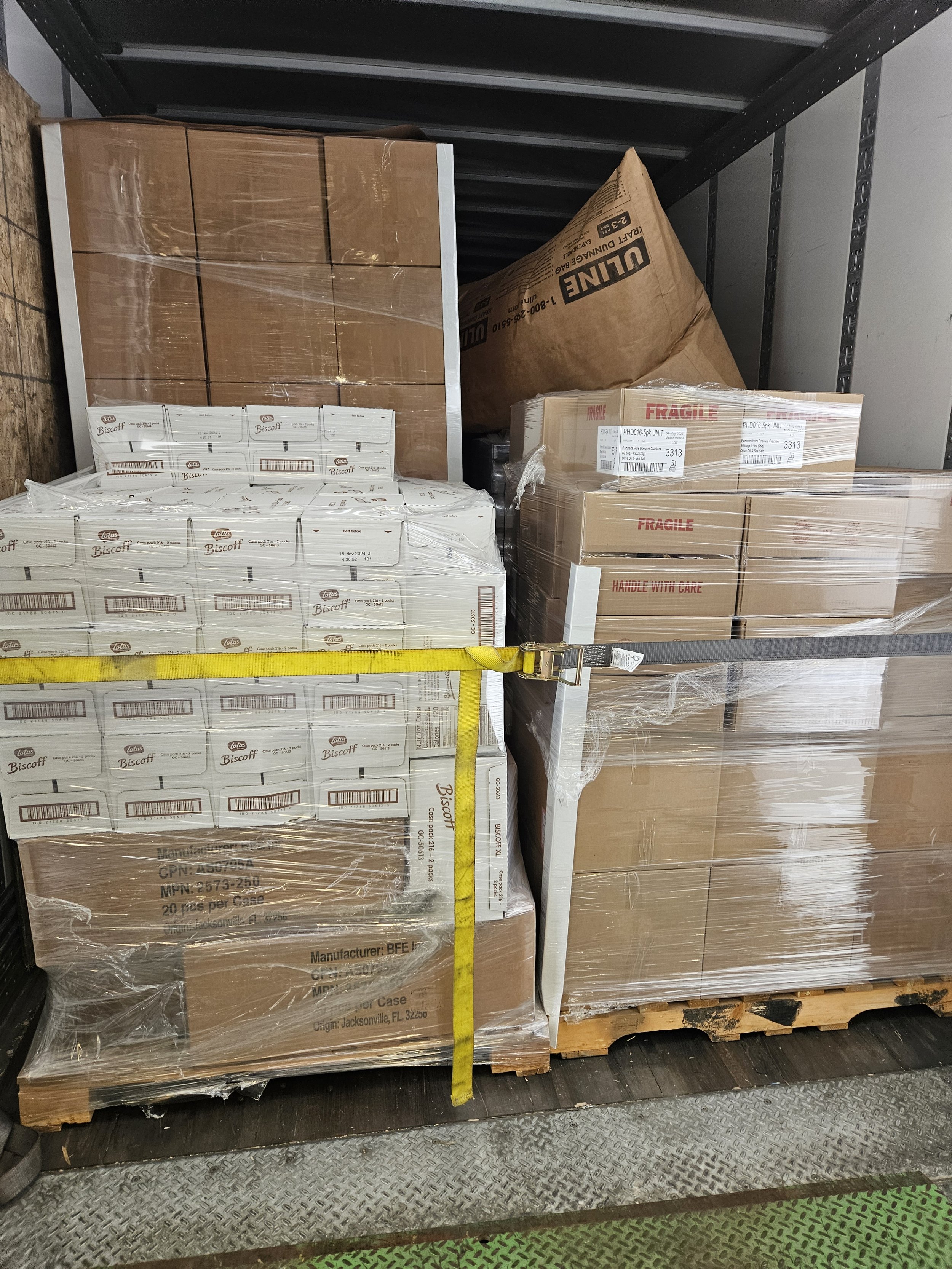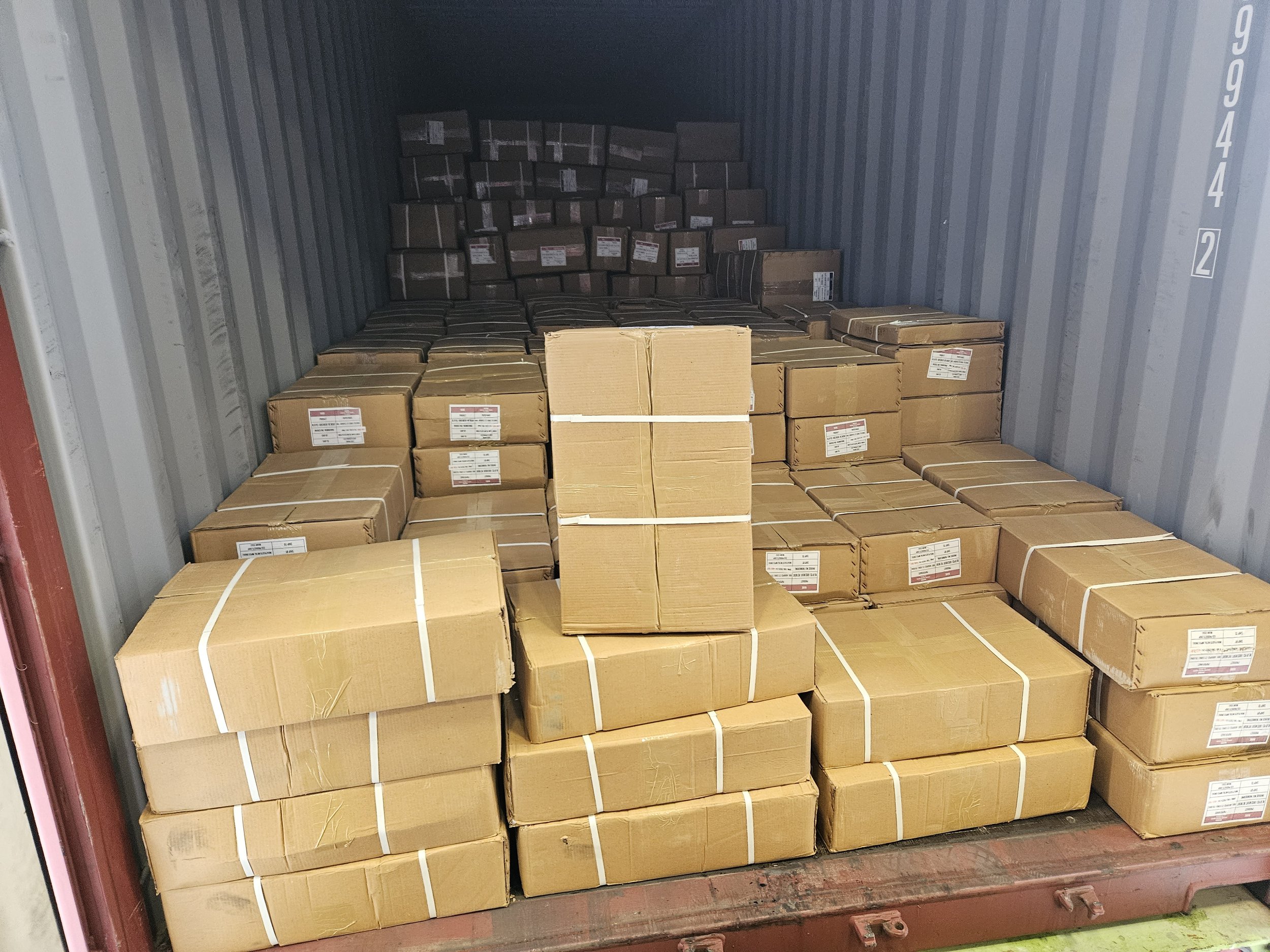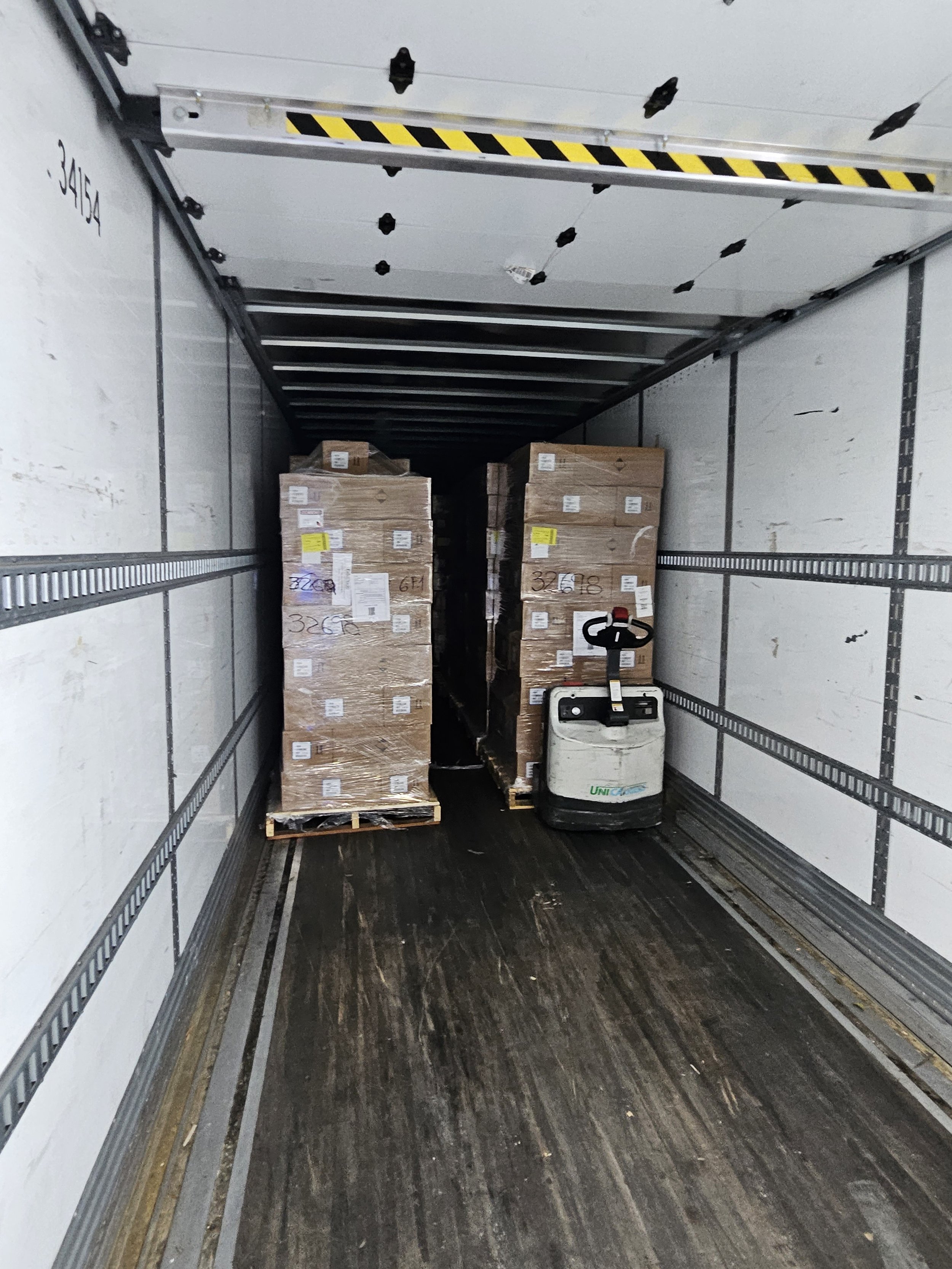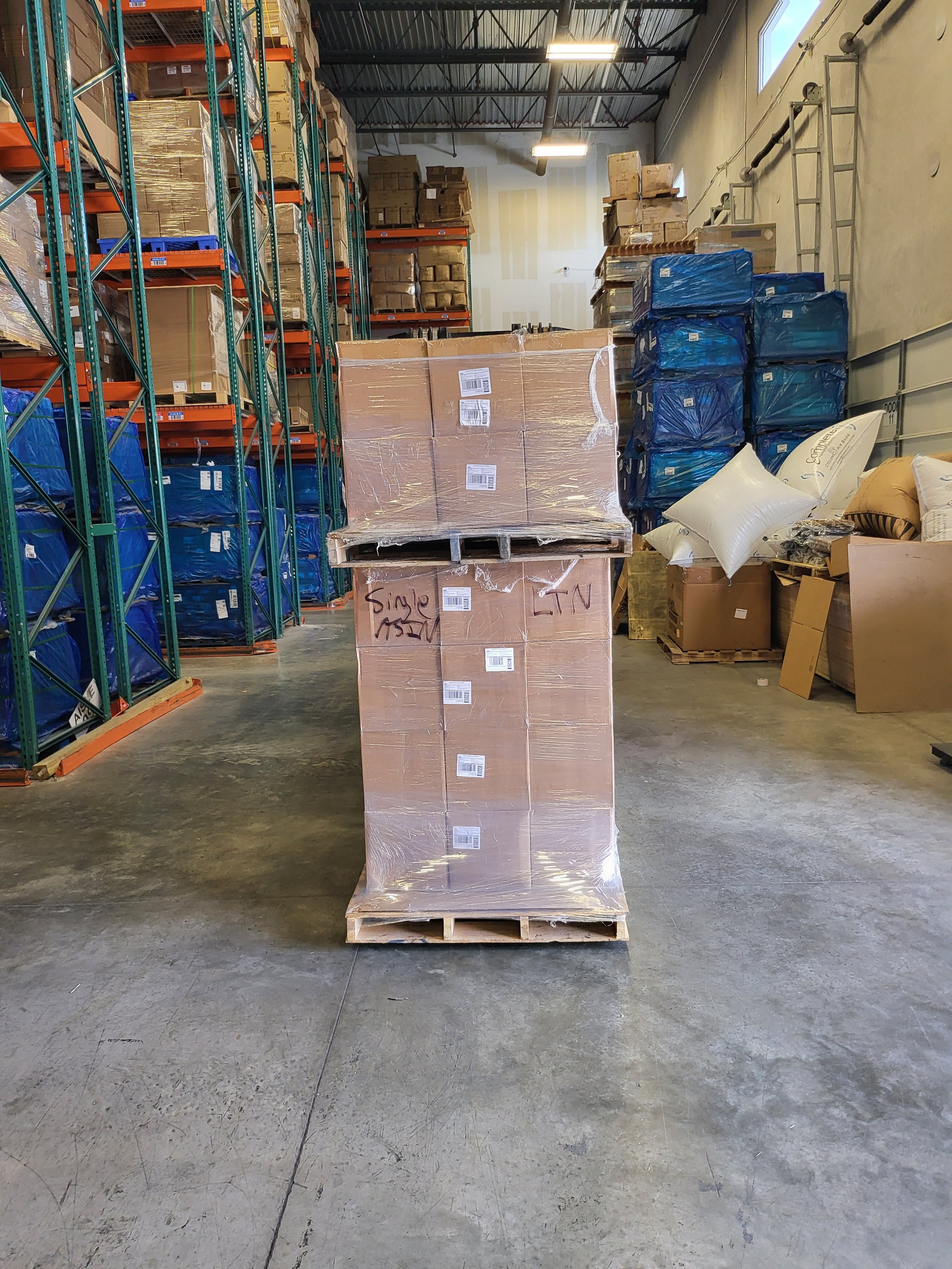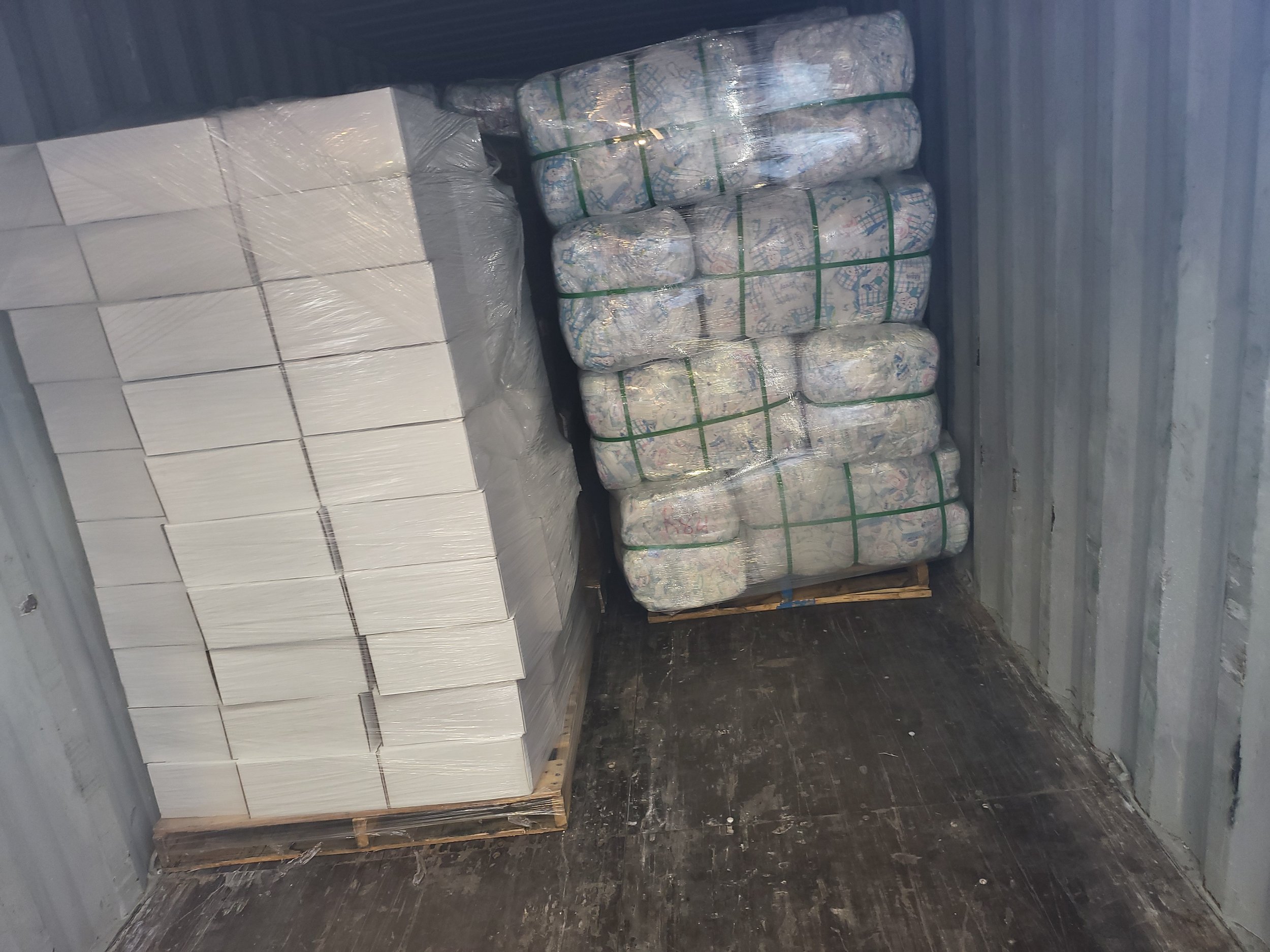Crossdock Services
Crossdock services have emerged as a game-changer, streamlining supply chain operations and enhancing efficiency. This strategic approach to freight handling minimizes unnecessary storage and maximizes the speed of product distribution. By understanding the intricacies of crossdock services, businesses can unlock significant cost savings and deliver superior customer experiences.
What are Crossdock Services?
Definition and Purpose
Crossdock services refer to a logistics strategy that involves the efficient transfer of goods from one mode of transportation to another without prolonged storage. In this process, inbound shipments are unloaded, sorted, and then immediately reloaded onto outbound trucks or carriers for delivery to their final destinations. The primary purpose of crossdocking is to minimize the time products spend in warehouses or distribution centers, thereby accelerating the distribution process and reducing handling costs.
Key Benefits of Crossdocking
Increased Supply Chain Efficiency: By eliminating unnecessary storage and handling steps, crossdocking streamlines the flow of goods, resulting in faster turnaround times and improved operational efficiency.
Reduced Inventory Costs: Since products spend minimal time in warehouses, crossdocking helps businesses reduce inventory carrying costs, storage fees, and the risk of product obsolescence.
Improved Customer Service: With faster delivery times and reduced lead times, crossdocking enhances customer satisfaction by ensuring timely product availability.
Optimized Transportation: Crossdocking facilitates the consolidation of shipments, enabling better utilization of transportation resources and potentially reducing transportation costs.
Environmental Benefits: By minimizing the need for extensive warehousing and reducing transportation distances, crossdocking can contribute to a lower carbon footprint and more sustainable supply chain operations.
To effectively implement crossdock services, businesses often leverage specialized software solutions like the Warehouse Management System offered by Xperts Logistics. This platform includes tools like the Warehouse Dimensioner and Warehouse Workflows templates, which can streamline crossdocking processes and optimize resource allocation. Additionally, XpertsLogistics provides comprehensive logistics services, including Order Fulfillment, and Value-Added Services, making them a reliable partner for businesses seeking to enhance their supply chain operations.
How Crossdocking Works
The Crossdocking Process
Crossdocking is a streamlined logistics process that involves the following steps:
Inbound Shipment Arrival: Trucks or carriers carrying inbound shipments arrive at the crossdock facility.
Unloading and Sorting: The inbound shipments are unloaded, and the products are sorted based on their final destinations or outbound transportation modes.
Consolidation and Loading: The sorted products are then consolidated and loaded directly onto outbound trucks or carriers, minimizing the time spent in the facility.
Outbound Shipment Departure: The outbound trucks or carriers depart the crossdock facility, transporting the consolidated shipments to their final destinations.
This process is facilitated by advanced logistics software solutions like our Warehouse Management System, which helps optimize the crossdocking workflow, track shipments, and ensure efficient resource allocation.
Differences Between Crossdocking and Transloading
While crossdocking and transloading share some similarities, they are distinct processes:
Transloading: This process involves transferring goods from one mode of transportation to another, such as from a ship to a truck or from a truck to a rail car. Transloading may involve temporary storage, but the primary focus is on changing the transportation mode.
Crossdocking: Crossdocking involves the direct transfer of goods from an inbound transportation mode to an outbound mode, with minimal or no storage time in between. The focus is on expediting the distribution process and reducing handling costs.
Xperts Logistics offers both Transload and Crossdock services, allowing businesses to choose the most suitable option based on their specific supply chain requirements. Their expertise in logistics operations, coupled with advanced technology solutions, ensures efficient and cost-effective freight handling, regardless of the chosen approach.
Types of Crossdock Services
Inbound Crossdocking
Inbound crossdocking involves the transfer of goods directly from inbound transportation modes, such as trucks or rail cars, to outbound transportation modes without intermediate storage. This process is particularly useful when products need to be quickly distributed to multiple destinations or when consolidating shipments from various suppliers.
Outbound Crossdocking
Outbound crossdocking is the reverse process of inbound crossdocking. In this case, products from a single source, such as a manufacturing facility or a distribution center, are sorted and consolidated based on their final destinations. The consolidated shipments are then loaded onto outbound transportation modes for delivery to customers or retail locations.
Specialized Crossdocking Services
In addition to the standard inbound and outbound crossdocking services, logistics providers like XpertsLogistics offer specialized crossdocking solutions tailored to specific industry needs or product types:
Retail Crossdocking: This service is designed for retailers and involves the consolidation of products from various suppliers into store-ready shipments, streamlining the distribution process to individual retail locations.
Temperature-Controlled Crossdocking: For perishable or temperature-sensitive products, such as food, pharmaceuticals, or chemicals, specialized crossdocking facilities with temperature-controlled environments are utilized to maintain product integrity during the transfer process.
E-Commerce Crossdocking: With the rise of online shopping, e-commerce crossdocking has become increasingly important. This service involves the rapid sorting and consolidation of individual orders for direct shipment to end customers, ensuring timely delivery of online purchases.
Xperts Logistics offers a comprehensive range of Crossdock Services, including inbound, outbound, and specialized solutions tailored to various industries and product types. Their expertise, coupled with advanced technology solutions like the Warehouse Management System, ensures efficient and streamlined crossdocking operations, enabling businesses to optimize their supply chain and enhance customer satisfaction.
Choosing the Right Crossdock Provider
Factors to Consider
Selecting the right crossdock provider is crucial for ensuring efficient and cost-effective supply chain operations. When evaluating potential partners, consider the following factors:
Geographic Coverage: Assess the provider’s network of crossdock facilities and their proximity to your supply chain routes and end customers. Optimal location can minimize transportation costs and transit times.
Operational Capabilities: Evaluate the provider’s capacity to handle your specific product types, volumes, and any specialized requirements, such as temperature-controlled environments or hazardous material handling.
Technology and Automation: Inquire about the provider’s use of advanced technology solutions, such as warehouse management systems, real-time tracking, and automated material handling equipment, which can streamline crossdocking processes and enhance visibility.
Scalability and Flexibility: Consider the provider’s ability to adapt to fluctuations in demand, seasonal peaks, or changes in your business requirements, ensuring seamless operations during periods of growth or volatility.
Customer Service and Support: Assess the provider’s commitment to customer service, communication channels, and responsiveness to inquiries or issues, as these factors can significantly impact the overall experience.
Evaluating Crossdock Facilities and Services
When evaluating potential crossdock providers, it’s essential to conduct thorough research and, if possible, visit their facilities to assess their operations firsthand. Look for:
Efficient layout and material flow
Adherence to safety and security protocols
Proper handling and storage of goods
Availability of value-added services (e.g., labeling, kitting, packaging)
Experienced and well-trained staff
Xperts Logistics stands out as a reputable crossdock provider, offering a comprehensive range of Crossdock Services tailored to various industries and supply chain requirements. With a strategic network of facilities, advanced technology solutions like the Warehouse Management System, and a commitment to exceptional customer service, XpertsLogistics can be a valuable partner in optimizing your crossdocking operations.
Best Practices for Efficient Crossdocking
Optimizing Inbound and Outbound Operations
Efficient crossdocking operations rely on the seamless coordination of inbound and outbound processes. To optimize these operations, consider the following best practices:
Streamline Receiving and Sorting: Implement standardized procedures for receiving and sorting inbound shipments, ensuring accurate identification, labeling, and segregation based on destination or outbound carrier.
Synchronize Inbound and Outbound Schedules: Coordinate the arrival of inbound shipments with the availability of outbound transportation, minimizing dwell times and maximizing the flow of goods through the crossdock facility.
Utilize Staging Areas Effectively: Designate dedicated staging areas for sorted and consolidated shipments, facilitating efficient loading onto outbound carriers and reducing congestion within the facility.
Implement Lean Principles: Apply lean methodologies, such as just-in-time (JIT) practices and continuous improvement initiatives, to eliminate waste and optimize material flow throughout the crossdocking process.
Leveraging Technology and Automation
Technology and automation play a crucial role in enhancing the efficiency and accuracy of crossdocking operations. Consider the following strategies:
Warehouse Management Systems (WMS): Implement a robust WMS like Xperts Logistics’s Warehouse Management System to streamline inventory management, order processing, and material handling within the crossdock facility.
Automated Material Handling Equipment: Invest in automated solutions such as conveyor systems, sortation systems, and automated guided vehicles (AGVs) to optimize material flow and reduce manual handling.
Real-Time Tracking and Visibility: Utilize barcode scanning, RFID technology, and real-time tracking systems to maintain accurate inventory visibility and monitor shipment status throughout the crossdocking process.
Data Analytics and Reporting: Leverage data analytics and reporting tools to gain insights into operational performance, identify bottlenecks, and make data-driven decisions for continuous improvement.
By partnering with a reputable logistics provider like Xperts Logistics, businesses can benefit from their expertise in implementing best practices, leveraging advanced technology solutions, and optimizing crossdocking operations for maximum efficiency and cost-effectiveness.
Crossdock Services Crucial
Crossdock services play a crucial role in optimizing supply chain operations and enhancing efficiency. By streamlining the movement of goods from inbound to outbound transportation, crossdocking eliminates the need for traditional warehousing and reduces handling costs. This process is particularly beneficial for time-sensitive shipments, perishable goods, and high-volume products.
When selecting a crossdock provider, it’s essential to consider factors such as location, transportation networks, technology integration, and expertise. Reputable providers like Xperts Logistics offer comprehensive crossdock solutions tailored to meet specific business needs.
Implementing best practices, such as optimizing inbound and outbound operations, leveraging advanced technology, and fostering strong communication with carriers and customers, can further enhance the effectiveness of crossdocking. By embracing this efficient logistics strategy, businesses can achieve faster delivery times, reduced inventory costs, and improved customer satisfaction.
Crossdocking Frequently Asked Questions (FAQs)
What is crossdocking?
Crossdocking is a logistics process where incoming goods are unloaded from inbound trucks or transportation modes, sorted and consolidated, and then directly loaded onto outbound trucks or transportation modes with little or no storage in between. It helps streamline the supply chain by minimizing handling and storage time, reducing costs, and improving delivery speed.
What are the benefits of using crossdock services?
The primary benefits of crossdock services include reduced inventory carrying costs, faster order fulfillment, improved supply chain efficiency, and lower labor and storage expenses. Crossdocking also helps minimize product damage and loss by reducing the number of times goods are handled and moved.
When is crossdocking most suitable?
Crossdocking is particularly suitable for businesses that deal with high-volume, time-sensitive shipments, such as retailers, distributors, and e-commerce companies. It works best for products with a consistent demand pattern and a steady flow of inbound and outbound shipments.
How do I choose the right crossdock provider?
When choosing a crossdock provider, consider factors such as their location and proximity to your supply chain network, their experience and expertise in handling your product types, their technology and automation capabilities, their capacity and scalability, and their track record of on-time performance and customer service.
What are some best practices for efficient crossdocking?
Best practices for efficient crossdocking include optimizing inbound and outbound scheduling, implementing advanced warehouse management systems (WMS) and real-time tracking, maintaining clear communication with carriers and suppliers, ensuring proper labeling and documentation, and continuously monitoring and improving processes for maximum efficiency.

